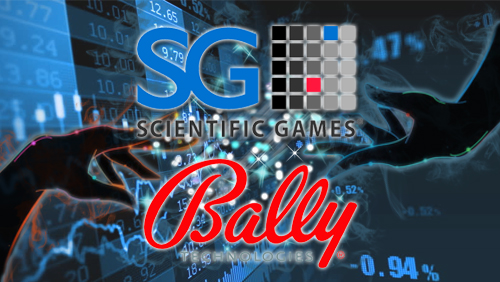So far, not so good. The last time I covered Scientific Games/Bally was almost a year ago in September. There, I had said
Behind all the fluffy positive language of the press releases announcing this merger, a cursory look at the bottom lines and balance sheets of both companies betrays that this will most likely be a disaster. It makes me wonder if the whole deal was indeed initiated by a bag lady.
Scientific had anticipated cost synergies of about $250M. Let’s look at what’s happened as of the latest report for Q1 2015, the first full quarter since the merger was completed. Expenses for the combined company increased by 60% since Q1 2014, though revenue increased by 70%, so there is at least some efficiency gained here. The absolute numbers give a better idea. Expenses increased by $240M, while revenue increased by $270.6M. That puts net gain at just over $30M. The problem is debt. The cost of the merger was much greater, and the cost of servicing it more than eats out the $30M gain last quarter.
Debt service costs increased by 243% year over year. Once again, absolute numbers show more of what’s going on. As of last quarter, Scientific is paying $116M more in interest expense for that $30M gain. You don’t need to know integral calculus to understand that this doesn’t make sense long term. And it doesn’t look like it will get any better. The combined company has a debt to equity level of nearly 600%. Scientific/Bally have willingly enslaved themselves to JPMorgan, Bank of America, and Deutsche Bank, the three megabanks who helped financed this deal. (Which, by the way, was financed with other people’s demand deposits. It’s deals like this that, when the business cycle turns, cause systemic instability if debt cannot be serviced anymore and depositors want their money back.)
